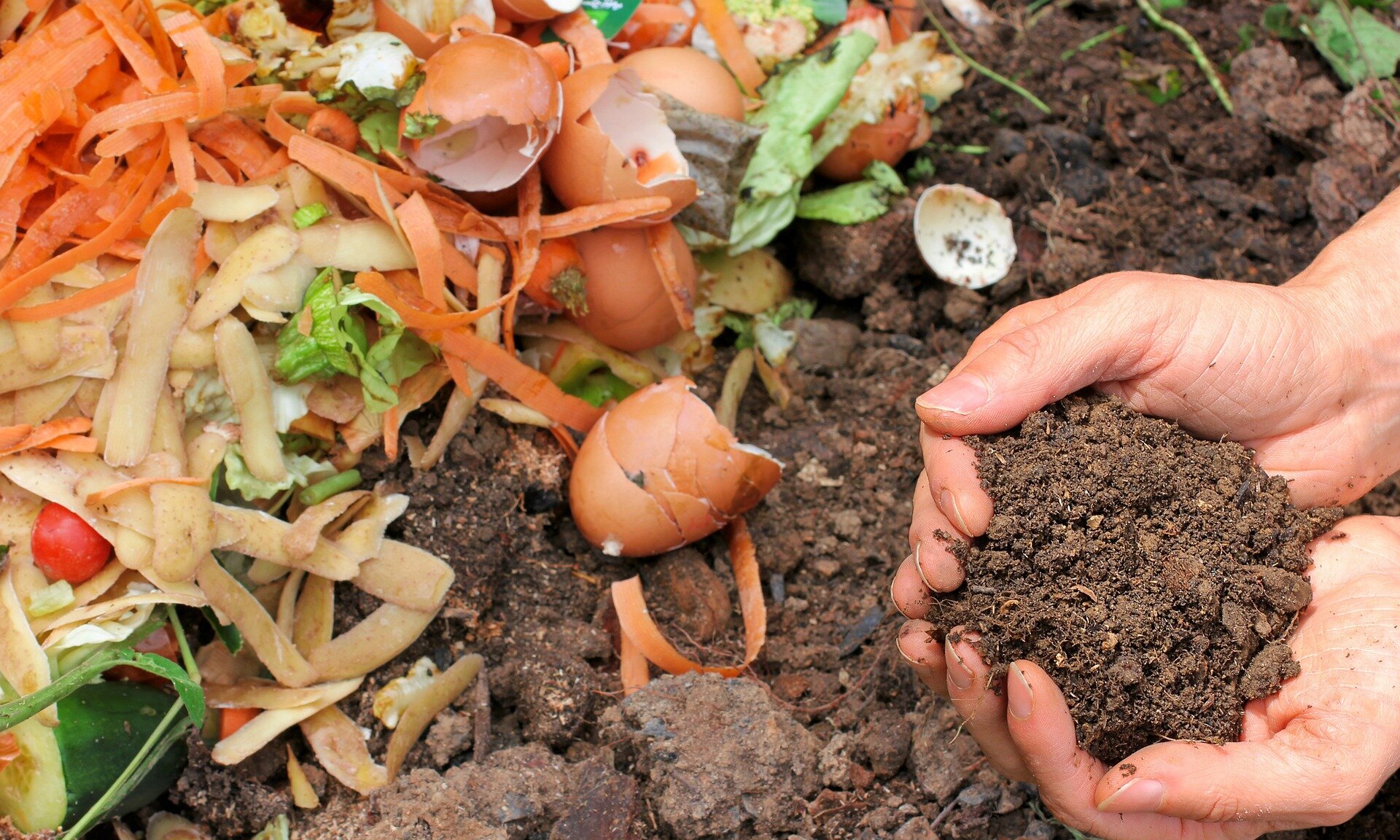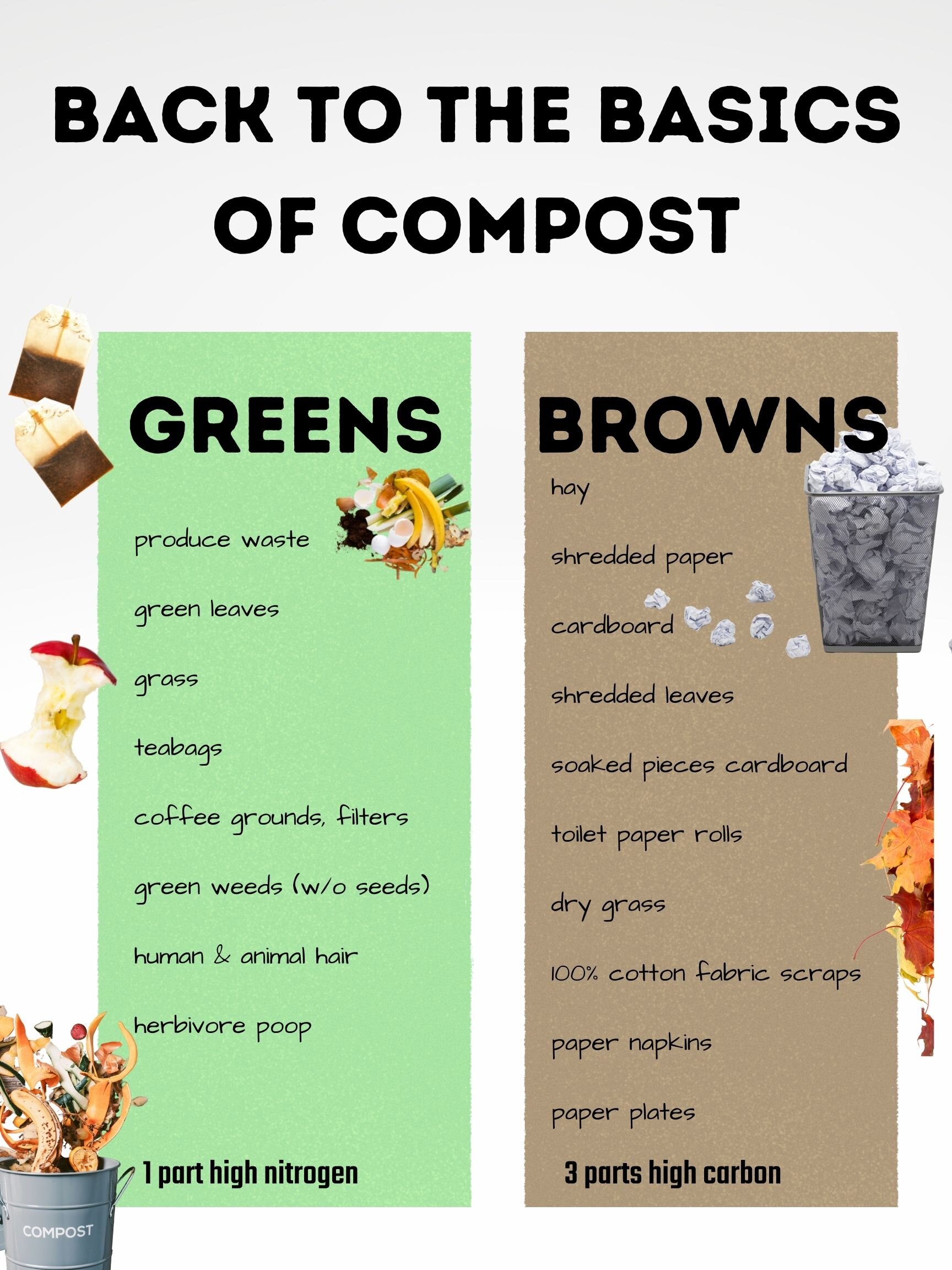Composting Basics: Learn How to Make Compost With Easy Tips From an Expert Gardener
Save money and grow your best garden ever.
Apple cores, coffee grounds, and banana peels. Cardboard, limp lettuce, and bags of autumn leaves. What can you make with these ingredients?
Compost — the beating heart of organic gardening.
Compost does many things for your garden.
Chances are 100:1 you’re a successful gardener if you make quantities of finished compost. Gardening and recycling the old plants from your garden, scraps from the kitchen, and other waste takes the same consistency as growing plants. I think the two activities go together well.
It’s easy to learn how to make compost and hard to find quality compost to buy. So much of what’s sold as compost is actually not very well-decomposed bark and wood chips, not fertility-enhancing humus.
This humus feeds the soil’s microbial life, holds moisture, and makes it easy for plant roots to penetrate the soil.
In addition, you are reducing the input into landfills. According to the EPA, landfills are one of the largest producers of methane, a greenhouse gas more potent than carbon dioxide. Recycling our own garbage is the quickest way to close the loop of waste.
The basics of composting.
Composting is speeding up decomposition. Everything that was once alive will rot when it’s dead; the gardener is just controlling the process to some degree.
Sheet composting, trench composting, vermicomposting, the 14-day method, the original Indore method. If you’re a garden nerd, you may have heard these terms. If not, don’t worry. They all create similar products in the end. Well, except for vermicompost, I do believe worm castings are superior to regular compost.
Points to know:
Small pieces of anything decompose faster.
Damp materials rot better.
In a small pile; no meat or bones.
Higher carbon materials = Brown (may not be brown color)
Higher nitrogen materials = Green (may not be green color)
For one part, Green materials add three parts Brown.
Air boosts aerobic (non-smelly) decomposition.
Don’t add weeds with seed heads.
Let’s make compost. Start to finish.
If you have a small area or prefer a neat pile, you can make compost in a commercial bin, a crate, or just a corner of your yard.
Layer the Brown or dry material. Next, add a thinner layer of Greens. Brown material will nearly always be drier than Green material. Think dry leaves, straw, pieces of cardboard. Greens will be moister, such as veggie peels, fresh weeds or grass, a rotten pumpkin, and coffee grounds.
The materials don't have to be neatly layered; the goal is to get a consistent combination of about one-quarter Green and three quarters Brown materials.
Aim for all the materials to be lightly pressed together and uniformly damp. Keep a supply of dry material such as shredded paper, torn cardboard, or crushed leaves to cover each deposit of kitchen waste. This helps prevent odors and keeps your ratio of Brown and Green balanced.
If the weather is hot and your bin or pile is drying out, moisten the layers. If it’s raining a lot, a cover will prevent your compost from becoming anaerobic or oxygen-deprived.
Frequently asked questions.
Do I need to turn or rearrange my pile regularly? No, if your pile is moist, it will decompose. If turned, the materials will break down faster, but everything will rot eventually.
How moist should I keep the pile? If you make a hole in your pile and take a handful, it should feel like a rung-out washcloth.
Do I need to add animal manure to my pile? No, not at all. It can be all plant materials.
What is a good size for my bin or pile? I suggest you think of a size you can fill in six months. It works well if you can create one pile, stop adding to it, and wait for it to decompose. During this time, you will start a second pile.
How can I tell when my compost is ready to use? Ideally, everything you’ve added will be decomposed so that you can no longer tell what was an eggshell, dry leaf, or piece of cardboard. It should be dark-colored and smell rich when you empty your bin or container into a bucket or wheelbarrow.
What will happen if I just toss my old plants and produce in a pile? That’s fine. If you don’t have the time or energy to make an official compost bin, it is still worthwhile to keep all the materials in your yard until they slowly decompose.
I suggest reading this article by the Rodale Institute, Backyard Composting Basics: A Cheatsheet, for additional advice and illustrations.
You’ll keep learning the longer you compost, just like gardening. But I promise your garden will show results in healthier plants, fewer pests, and bigger harvests.
Questions? I never get tired of talking about gardening, so get in touch. Good luck and happy growing!


